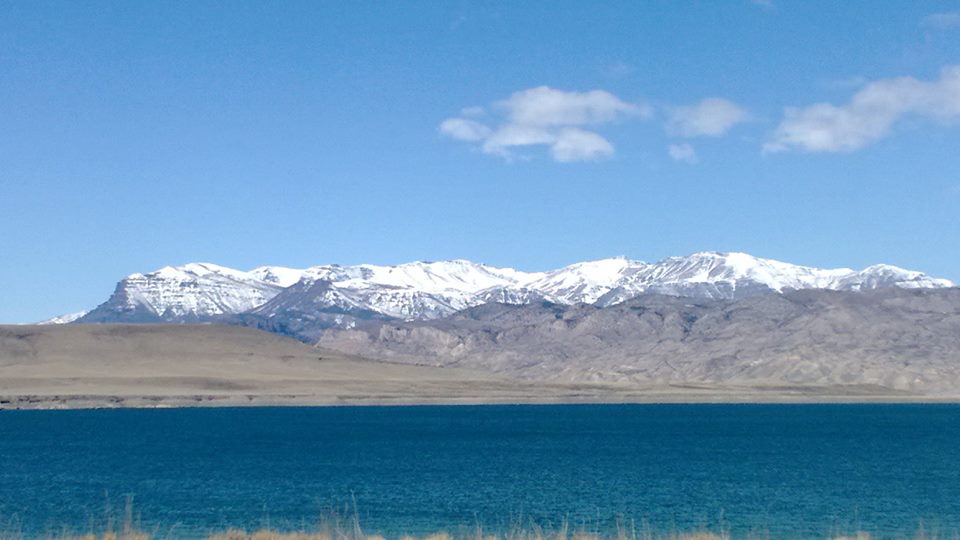There’s a lot of water coming off the mountains this year.
The Bureau of Reclamation has released their updated analysis of the predicted April through July runoff in the Bighorn Basin. This report has been released several times over the past few months, as weather and increasing snowpack has changed the anticipated amount of water the rivers and basins will see this spring. The current consensus is that every single one will be seeing an above average year.
The Shoshone River April through July inflow to Buffalo Bill Reservoir is forecast at 900,000-acre feet. That’s 121% of the 30-year average of 742,600 af, and the highest above-average inflow currently anticipated in the Basin These trends are consistent throughout the Basin, with the currently lowest predicted inflow for the Bull Lake Reservoir, with 101% of its 30-year average. And there’s still plenty of spring for more snow to fall and water to flow.
- Bighorn Lake – Bighorn River April through July inflow to Bighorn Lake is forecast to be approximately 1,468,900 acre-feet (af), which is 117% of the 30-year average of 1,256,400 af.
- Buffalo Bill Reservoir – Shoshone River April through July inflow to Buffalo Bill Reservoir is forecast at 900,000 af, which is 121% of the 30-year average of 742,600 af.
- Boysen Reservoir – Wind River April through July inflow to Boysen Reservoir is forecast at 700,000 af, which is 113% of the 30-year average of 617,400 af.
- Bull Lake Reservoir – April through July snowmelt runoff into Bull Lake Reservoir from Bull Lake Creek is expected to be 145,000 af, which is 101% of the 30-year average of 143,800 af.
- Wind River – April through July snowmelt runoff into the Wind River above Bull Lake Creek is expected to be 500,000 af, which is 114% of the 30-year average of 437,900 af.
For additional information on Buffalo Bill, Boysen, and Bull Lake Reservoirs, contact Wyoming Area Manager Carlie Ronca at 307-261-5671.










